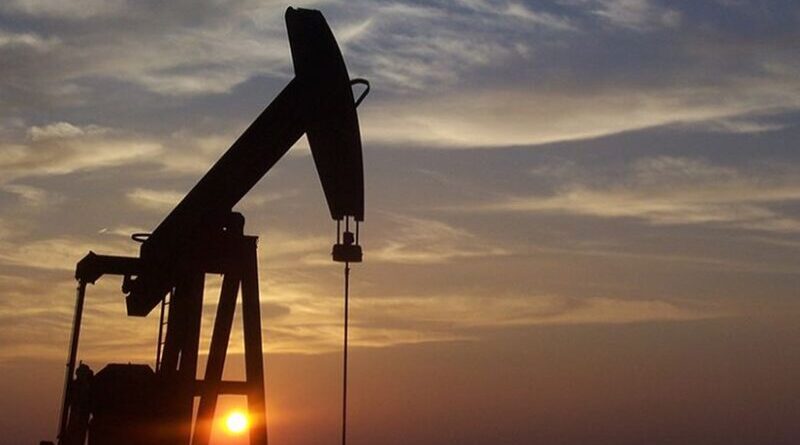Can The US Shale Boom Last? Answers To BP And Aramco, Please – OpEd
By Arab News
By Frank Kane*
The US shale industry appears to be on an unstoppable growth path. Just in the past few months there have been a flurry of big-ticket deals in the business, mostly centered on its global hub in Texas and New Mexico, and, if the financiers are to be believed, there are more to come.
But two basic questions remain: First, have the oil companies, who have seen boom-and-bust in US shale in the past, got the economics of shale production right this time?
And second, if the answer to that one is in the positive, should other producers, even the likes of Saudi Aramco, the biggest conventional crude exporter, get in on the act now before it is too late?
Commentators are talking of a looming “deal frenzy” in the Permian basin in the US Southwest as medium-sized operators launched a spate of consolidation, and bigger players entered the arena for the first time.
That is quite a change from the way the shale industry has traditionally operated in the US. In the past, small independent operators have simply loaded up the truck and headed out to the fields when the oil price hit a level — between $50 and $60 a barrel — that justified their investment.
That was the origin of the shale boom in the early 2000s as oil began to rise. Operators were nimble and cost-aware, and were essentially in it for the short-term gain that could be earned from higher oil prices.
The downside, of course, is that they packed up their gear and headed back to Houston when the oil price fell, nursing losses and debts that dissuaded many from ever trying again.
Technology and finance have apparently altered that cycle. Innovative techniques in both have meant that more oil and capital can be accessed more efficiently, allowing the big oil companies to take on a longer term approach to shale.
In the process they have revolutionized the shale business, and the global energy market. The Permian alone produced 3.42 million barrels per day in September, or nearly 4 percent of total global oil output, helping the US to remain the second biggest oil producer in the world and a net exporter.
Underlining shale’s new global role, some energy experts even believe that production can be ramped up fast enough and to such levels to offset looming declines in oil production as a result of the US embargo on Iranian oil exports set to take effect in November.
Probably the most significant of the recent deals was the $10.5 billion acquisition last month by BP of the shale assets held by commodities group BHP Billiton. Not only was it the biggest in cash terms, but it was laden with historical symbolism for the British company.
It was BP’s biggest acquisition since it bought Amoco in 1998, and it marked the return of BP to US expansion for the first time since the trauma of the Deepwater Horizon tragedy in 2010. Paying for the clean-up of that disaster in the Gulf of Mexico, and the punitive penalties levied on BP, totaled around $67 billion over eight years, but are now reducing.
It’s also symbolic that BP’s return to the US is not to its traditional offshore stamping ground, but to the heart of the shale domain in the Permian and nearby fields.
BP has obviously decided that it can equal the performance of local shale operators in terms of nimbleness, but at the same time bring the weight of heavy capital investment to bear to expand efficiency and productivity.
Not everyone shares BP’s confidence. Some industry experts believe that shale is overhyped, the latest example of American “irrational exuberance,” and that it will inevitably have negative consequences for the global oil price. Others point to bottlenecks in the US pipeline and transpiration systems as reasons to doubt it will transform the global picture.
So, against this background, should the bigger conventional crude companies, like Saudi Aramco, be eyeing the Permian as an avenue for diversification? Executives at the Saudi giant have dropped hints that they might indeed be looking at US shale, but so far no deals have come to fruition.
Probably more likely for Aramco is a big boost to its unconventional oil and gas investment in the Kingdom itself. The big shale gas reserves at Jafurah in southeastern Saudi Arabia have long held out promise, but it has not yet been possible to make the financial sums work on an economically significant scale.
Aramco has a lot on its plate domestically at the moment, with the potential purchase of a stake in Saudi Basic Industries Corporation to create a new force in global petrochemicals. It has to weigh up whether a move in US shale now would be a distraction from those big strategic plans.
*Frank Kane is an award-winning business journalist based in Dubai. Twitter: @frankkanedubai

